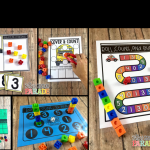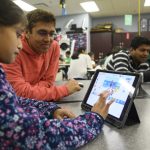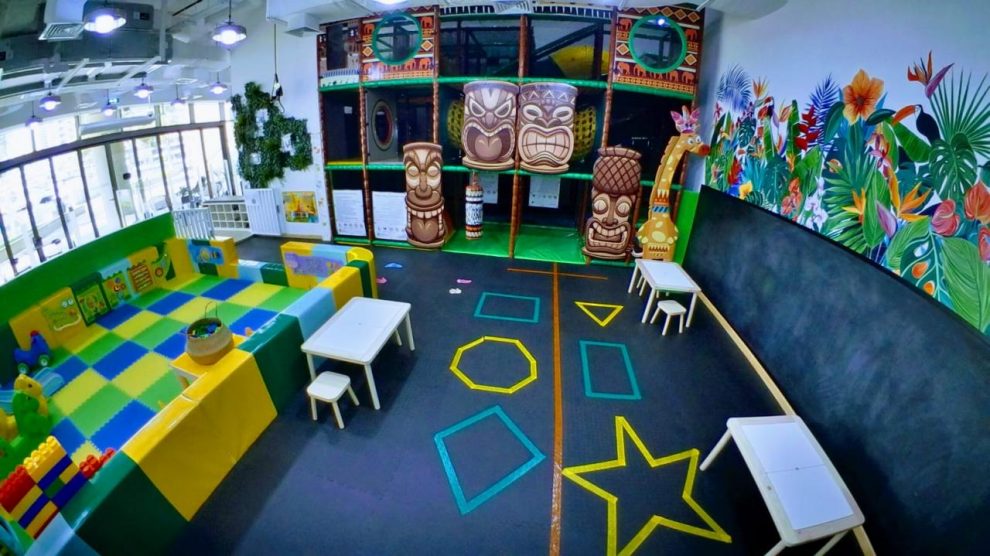
Introduction
In the ever-evolving landscape of American education, one thing remains clear: interactive learning is at the core of student engagement and academic success. As the editor of a Grade K-8 education website, “ExploreLearn Hub,” I have witnessed firsthand the transformative power of interactive learning experiences. In this article, we will delve deep into the heart of interactive learning, exploring its significance in the American educational system. We’ll also showcase real-world examples, including insights from renowned educators, to illustrate the impact of interactive learning on K-8 students.
The Power of Interaction
Unlocking the Potential of Every Student
Interactive learning is a dynamic approach that fosters active participation, critical thinking, and problem-solving skills among students. It goes beyond traditional lectures and textbooks, allowing students to immerse themselves in the learning process actively. Dr. Maria Montessori, a pioneer in education, once said, “Education is a natural process carried out by the child and is not acquired by listening to words but by experiences in the environment.” This encapsulates the essence of interactive learning.
Interactive Learning in American Schools
Revolutionizing the Classroom Experience
In American K-8 education, the shift towards interactive learning is evident in both public and private schools. Educators recognize that students thrive when they are engaged and when learning is tailored to their individual needs.
1. The Flipped Classroom: A Paradigm Shift
The traditional classroom model often involves teachers delivering lectures, leaving limited time for student interaction. However, the “flipped classroom” concept has gained popularity in recent years. In this model, students access lecture content online at their own pace, freeing up classroom time for collaborative activities, discussions, and problem-solving. This approach, championed by educator Salman Khan of Khan Academy, allows students to learn at their own pace and actively engage with the material.
2. Gamification: Learning Through Play
Gamification has emerged as a powerful tool for interactive learning. Educational games and digital platforms like Minecraft: Education Edition are being used in K-8 classrooms to teach subjects ranging from mathematics to history. Game-based learning not only enhances student engagement but also teaches persistence and problem-solving skills. As Jesse Schell, a renowned game designer, stated, “Games are the only force in the known universe that can get people to take actions against their self-interest—and have fun doing it.”
3. Collaborative Learning Communities
The creation of collaborative learning environments is another hallmark of interactive learning in American K-8 schools. Students work in groups, share ideas, and learn from one another. This approach aligns with the words of John Dewey, a prominent American philosopher and educator, who believed that “education is not preparation for life; education is life itself.”
Interactive Learning in Practice: Real-Life Success Stories
Let’s explore some real-world examples of interactive learning initiatives that have left a lasting impact on K-8 students in the United States.
1. “Hour of Code”: Transforming Digital Literacy
Initiated by Code.org, the “Hour of Code” is a global movement aimed at introducing students to computer science through interactive coding tutorials. This program has reached millions of American K-8 students, breaking down the barriers to digital literacy. As former President Barack Obama once noted, “Don’t just play on your phone—program it.”
2. Project-Based Learning: Solving Real-World Problems
Project-based learning (PBL) has gained traction in K-8 education, emphasizing real-world problem-solving. One exceptional example is the “Global Water Challenge” project at a California elementary school. Students researched global water scarcity issues and designed innovative solutions. This hands-on experience not only enhanced their scientific knowledge but also instilled a sense of global citizenship.
3. Virtual Field Trips: Exploring Beyond the Classroom
Virtual field trips have revolutionized experiential learning. Platforms like Google Expeditions allow students to explore ancient civilizations, visit ecosystems, and even journey through outer space—all from the comfort of their classroom. As Neil deGrasse Tyson, astrophysicist and science communicator, remarked, “Exploration can become a state of mind.”
Measuring the Impact
Assessing the Benefits of Interactive Learning
Assessing the effectiveness of interactive learning is crucial. While engagement and enthusiasm are evident, educators also need to measure academic outcomes. Standardized test scores, grades, and qualitative assessments are often used to evaluate the impact of interactive learning methods.
Conclusion: A Path Forward
Interactive learning is not a passing trend; it is a paradigm shift that redefines education in America. By engaging students actively, fostering critical thinking, and nurturing problem-solving skills, interactive learning paves the way for a brighter future. As the editor of “ExploreLearn Hub,” I am committed to showcasing the best practices, resources, and success stories that empower K-8 students on their educational journey. Together, we can continue to harness the heart of interactive learning and inspire the next generation of learners.
















